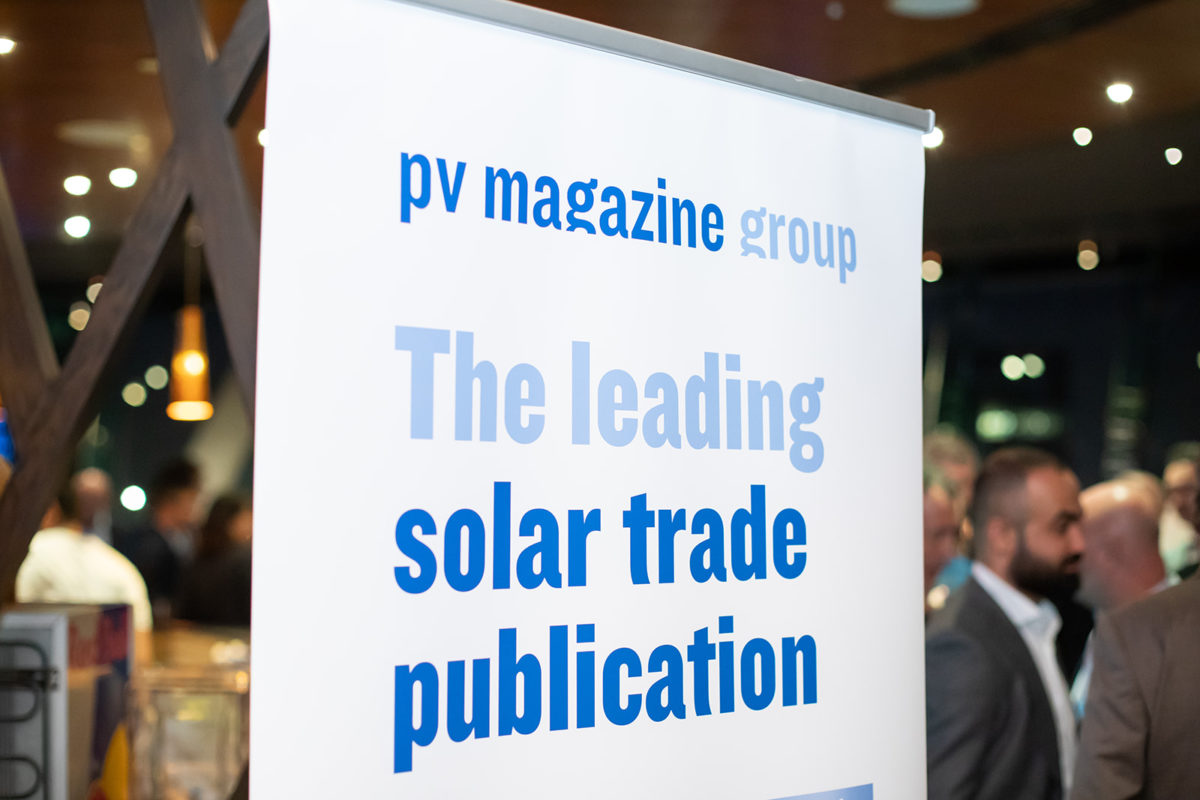Chinese solar manufacturer Solargiga referred to this website in the description given in its annual figures of the Covid-19 lockdown measures taken by Beijing and their possible effects on the solar industry.
While flattering for pv magazine, that may also say something about the quality of coronavirus-related public information available in the world’s biggest solar market.
For the solar ingot, wafer, cell and module maker, last year was a transitional one – that is the impression the authors of the annual report want to convey, at any rate, as they explained away a RMB354 million ($50 million) loss in figures released late last month.
Retooling and upgrading of production lines deprived Solargiga of full production capacity in 2019, the company said. A plan to move production capacity to the city of Qujing in Yunnan province will supercharge figures, the board told investors, because electricity prices are 50% cheaper there than at its current Liaoning province production lines in Jinzhou. Those benefits are expected to materialize this year, however, as the Jinzhou ingot and wafer fabs had to continue doing the heavy lifting last year.
Production
Solargiga expanded its ingot and wafer production capacity to 3.6 GW during the year and invested in a 15% stake in a module manufacturing operation in Yancheng, in Jiangsu province, which it insists raises its effective module capacity to 3.5 GW. Cell production capacity remained low, at 400 MW, as Solargiga stuck with its policy of driving a wedge into its vertical integration by outsourcing to cell makers which it supplies with wafers made from its in-house ingot operation.
As had already been announced, Solargiga was able to drive up revenue only 10% despite shipment volumes rising 47.8%, starkly illustrating just how much average selling prices for solar products tumbled last year.
That meant ingot and wafer revenue fell from RMB1.88 billion in 2018 to RMB1.45 billion last year, for a loss of RMB324 million. Flat cell figures led to a loss of RMB39 million from that part of the business but at least the module division was in the black, reporting a RMB21 million profit despite revenue having fallen from RMB5.31 billion to RMB 4.43 billion, year on year. The solar project business which makes up a small part of Solargiga’s operations made an RMB11 million loss as revenue fell from RMB59 million to RMB29 million.
All of which still leaves a current-assets-to-liabilities shortfall of RMB756 million, ensuring Solargiga will have to deliver on those promised electricity bill savings sooner rather than later.
This content is protected by copyright and may not be reused. If you want to cooperate with us and would like to reuse some of our content, please contact: editors@pv-magazine.com.




By submitting this form you agree to pv magazine using your data for the purposes of publishing your comment.
Your personal data will only be disclosed or otherwise transmitted to third parties for the purposes of spam filtering or if this is necessary for technical maintenance of the website. Any other transfer to third parties will not take place unless this is justified on the basis of applicable data protection regulations or if pv magazine is legally obliged to do so.
You may revoke this consent at any time with effect for the future, in which case your personal data will be deleted immediately. Otherwise, your data will be deleted if pv magazine has processed your request or the purpose of data storage is fulfilled.
Further information on data privacy can be found in our Data Protection Policy.